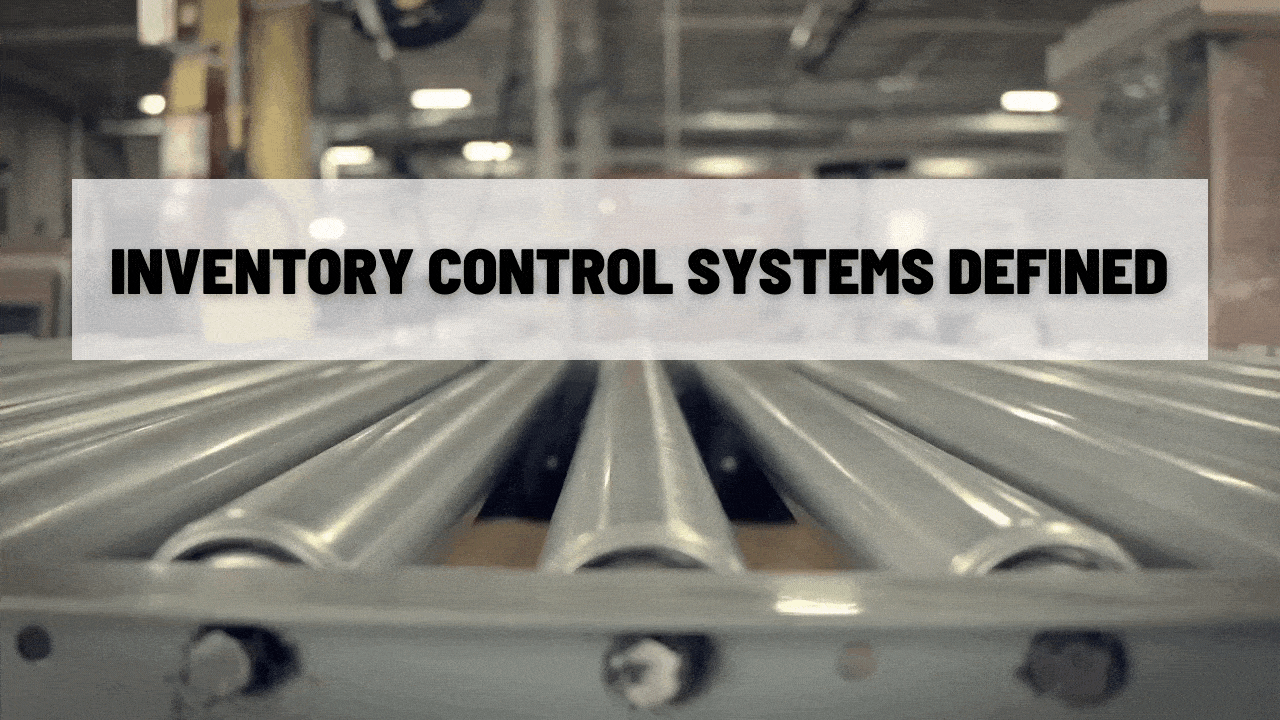Why You Need a Stock Control System
Among our clients, the oft forgotten distinctions between terms like “inventory” and “stock” are as important as they are contentious. And we already have an article on inventory control systems.
So, here’s the short version. Inventory is pretty much anything your company keeps on hand in any of its locations for any business-related purposes. This ultra-broad term breaks down into five slightly-less-broad categories:
- Maintenance, repair, and operating (MRO) goods: Equipment, machinery, spare parts, janitorial supplies, stationery, and whatever else that you don’t intend to sell, but you still need in order to keep your business running.
- Raw materials: Components and materials that you acquire from your vendors so that you can turn them into something you can sell.
- Work in progress (WIP): Builds that are either not yet complete or just haven’t made it through your quality assurance and other processing steps.
- Damaged/returns: Anything that didn’t make it off the assembly line in the correct number of pieces, or got sent back by an unsatisfied customer.
- Finished goods (stock): Completed products that are only sitting on your shelves because you haven’t sold them. Yet. These are the primary focus of a stock control system.
While all of these are part of your inventory, your stock is almost always the most vital portion of your inventory. If you’re going to have a dedicated system managing any of this, it should be for your stock.

4 Tried and True Stock Control Approaches
The balancing act at the core of stock control is about mitigating the cost of holding stock versus ensuring that you can meet demand.
Stock storage costs will, of course, vary by industry, sector, and market niche. But virtually every growing retail or manufacturing business quickly finds those costs getting annoyingly high.
A stock control system is a set of processes and records that aims to bring those costs from “annoying” to “acceptable” without risking stockouts.
There are plenty of different approaches to making a system like that work. Some of the most popular and trusted are:
- Economic order quantity (EOQ)
- Vendor-managed inventory (VMI)
- Just-in-time (JIT)
- First in, first out (FIFO)

How to Find the Right Stock Control Software for Your Business
In practice, a stock control system can be something as simple as a clipboard and the Warehouse Manager’s shockingly accurate memory, but your best bet is probably a digital solution of some kind.
Stock control software comes in lots of flavors, and these days it’s accessible to businesses of any size or budget. When you’re shopping around for one, here are some of the key features you’ll want to look for:
- Perpetual inventory tracking
- Sales and shipping
- Procurement
- Integration
- Reporting
To find out how AcctVantage ERP can support your ongoing business growth and success, click here to get in touch with us.



